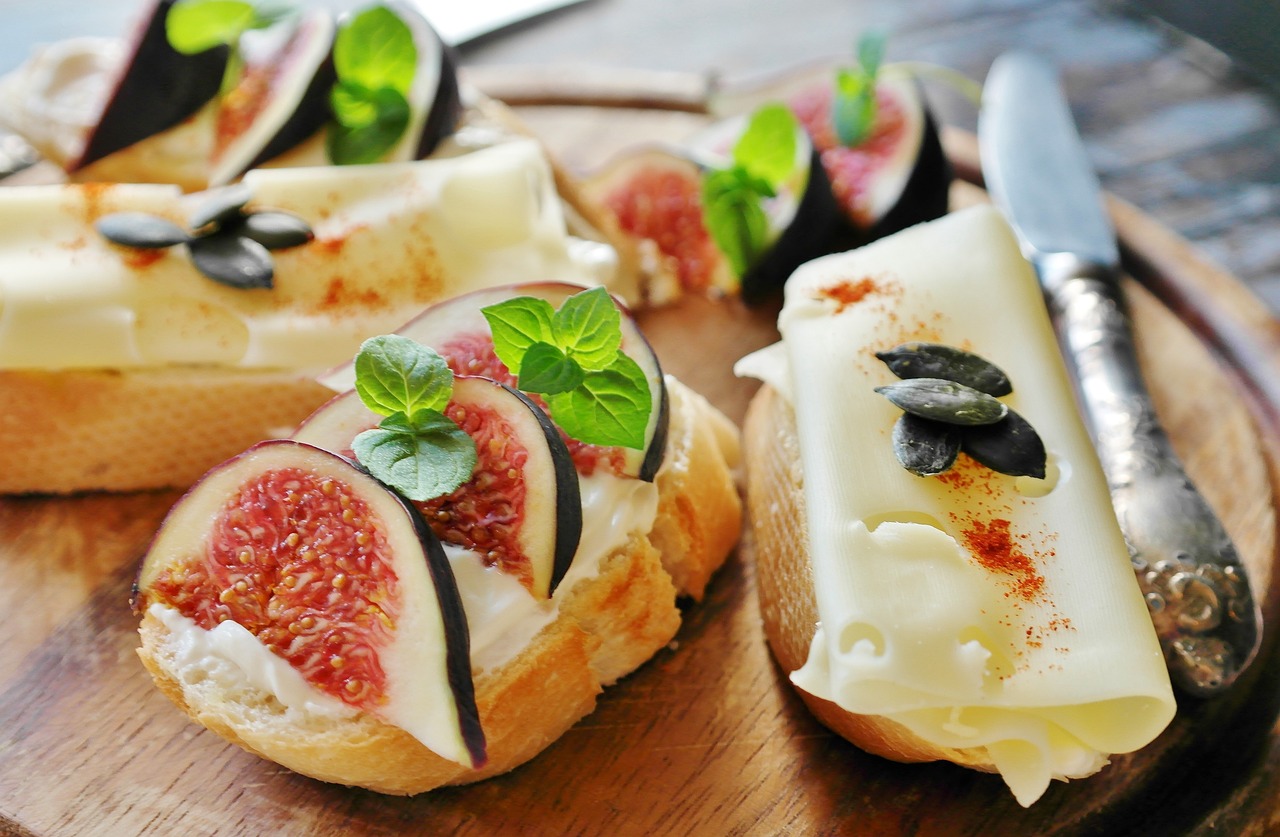Ever feel like your salads are missing something? You load up on fresh veggies, add a sprinkle of nuts, and maybe even toss in some protein—but the dressing still falls flat. What if there was a way to make your salads creamier, protein-packed, and irresistibly flavorful without drowning them in heavy mayo or sugary bottled dressings?
Enter cottage cheese salad dressing—a high-protein, low-calorie alternative that’s both nutritious and delicious. Whether you’re looking to boost your protein intake, cut back on unhealthy fats, or simply try something new, this versatile dressing is a game-changer.
In this guide, we’ll explore:
✔ Why cottage cheese makes an excellent salad dressing base
✔ Simple, flavorful recipes to try
✔ Expert-backed health benefits
✔ Tips for customizing your dressing
Why Cottage Cheese is the Perfect Salad Dressing Base
Cottage cheese is having a major moment—and for good reason. Unlike traditional dressings loaded with oil, sugar, and preservatives, cottage cheese offers:
✅ High Protein Content – With about 12–15g of protein per half-cup, it keeps you full longer.
✅ Low in Calories & Fat – A lighter alternative to creamy dressings like ranch or Caesar.
✅ Rich in Nutrients – Packed with calcium, B vitamins, and probiotics for gut health.
✅ Naturally Creamy Texture – Blends smoothly into a velvety dressing without excess oil.
Expert Insight
“Cottage cheese is an underrated superfood for dressings. Its mild flavor acts as a blank canvas for herbs, spices, and citrus, making it incredibly versatile.”
— Dr. Sarah Johnson, Registered Dietitian
3 Easy Cottage Cheese Salad Dressing Recipes
1. Classic Creamy Herb Dressing
Perfect for: Green salads, grain bowls, or as a veggie dip.
Ingredients:
-
½ cup cottage cheese
-
2 tbsp Greek yogurt (for extra creaminess)
-
1 tbsp lemon juice
-
1 tsp Dijon mustard
-
1 garlic clove (minced)
-
1 tbsp fresh dill (chopped)
-
Salt & pepper to taste
-
1-2 tbsp water (to thin if needed)
Instructions:
-
Blend all ingredients until smooth.
-
Adjust thickness with water as needed.
-
Drizzle over your favorite salad!
Flavor Boosters:
-
Add a pinch of smoked paprika for a smoky twist.
-
Swap dill for basil or cilantro for a fresh kick.
2. Tangy Ranch-Style Dressing
Perfect for: Crunchy veggie salads, wraps, or as a dip.
Ingredients:
-
½ cup cottage cheese
-
2 tbsp buttermilk (or almond milk)
-
1 tsp apple cider vinegar
-
½ tsp onion powder
-
½ tsp garlic powder
-
1 tbsp fresh chives
-
½ tsp dried dill
-
Salt & pepper to taste
Instructions:
-
Blend until smooth.
-
Chill for 30 minutes to let flavors meld.
Pro Tip: For a zesty kick, add a dash of hot sauce or pickle juice!
3. Sweet & Savory Honey Mustard Dressing
Perfect for: Chicken salads, roasted veggie bowls, or drizzled over fruit.
Ingredients:
-
½ cup cottage cheese
-
1 tbsp Dijon mustard
-
1 tbsp honey (or maple syrup)
-
1 tbsp apple cider vinegar
-
1 tsp turmeric (optional, for color)
-
Pinch of cayenne (optional, for heat)
Instructions:
-
Blend until silky smooth.
-
Adjust sweetness or tang to taste.
Serving Idea: Pairs perfectly with apple slices, walnuts, and spinach.
Health Benefits of Cottage Cheese Dressing
1. Supports Muscle Recovery
Thanks to its slow-digesting casein protein, cottage cheese helps repair muscles post-workout.
2. Promotes Gut Health
Fermented dairy contains probiotics, which aid digestion and boost immunity.
3. Helps with Weight Management
High-protein dressings reduce cravings and prevent overeating compared to sugary alternatives.
4. Bone-Strengthening Calcium
Just one serving provides 10% of your daily calcium needs, crucial for bone health.
How to Customize Your Cottage Cheese Dressing
Want to mix things up? Try these variations:
🔥 Spicy – Add sriracha, jalapeños, or chipotle.
🍋 Citrusy – Blend in orange zest or lime juice.
🌿 Mediterranean – Mix in sun-dried tomatoes & oregano.
🍯 Sweet – Stir in cinnamon and vanilla for fruit salads.
Final Thoughts: Give Your Salad a Protein-Packed Upgrade!
Cottage cheese salad dressing is a simple, healthy, and delicious way to elevate your meals. Whether you prefer it herby, tangy, or sweet, this versatile ingredient keeps your salads exciting without the guilt.
Ready to try it? Whip up one of these recipes tonight and taste the difference!










